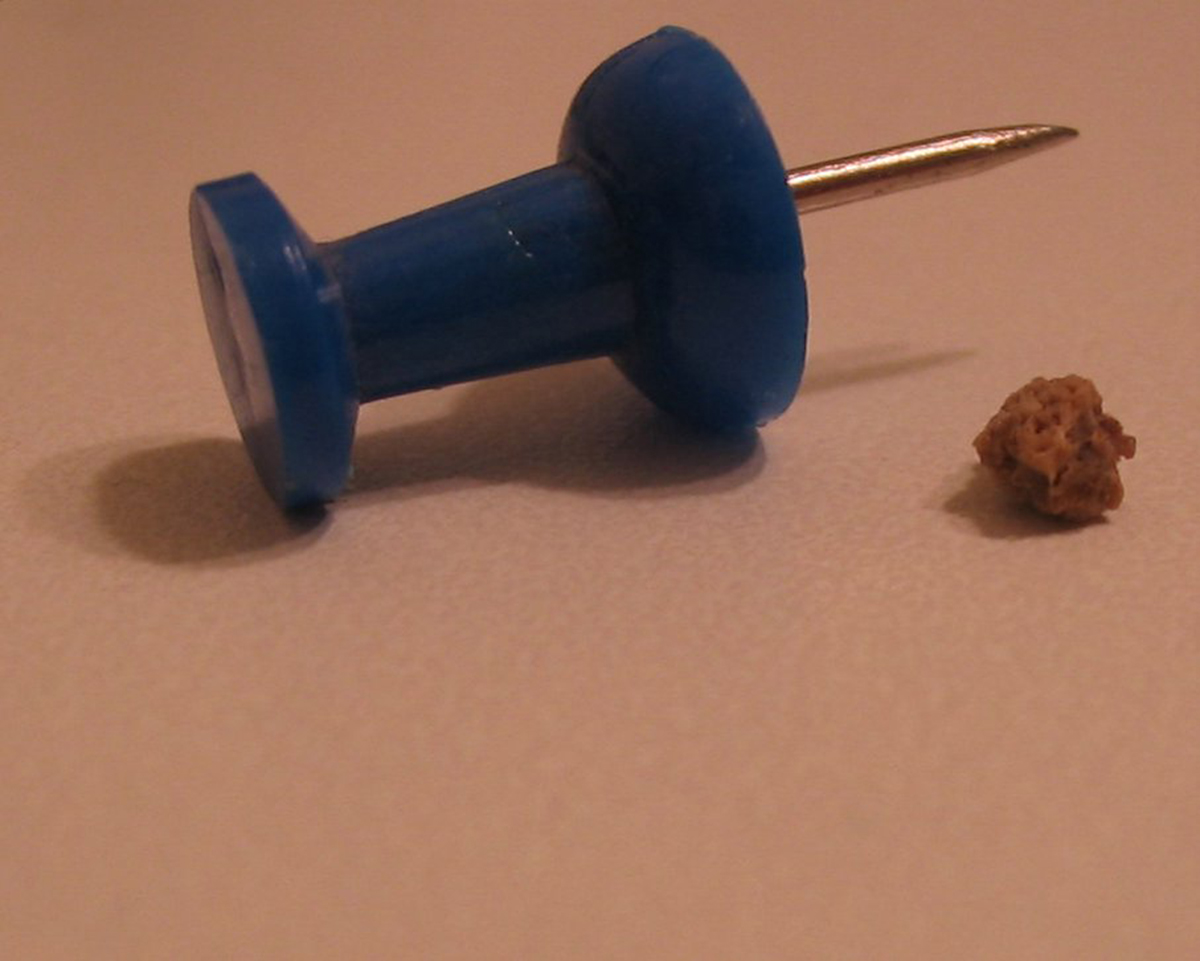Table of Contents
Low-Oxalate Diets
A high-oxalate diet is certainly very dangerous for people with a few rare health conditions — primary hyperoxaluria, absorptive hypercalciuria type II, and enteric hyperoxaluria. These people need to be on very strict low-oxalate diets, limiting their daily intake to 50 mg. By contrast, look how many milligrams of oxalate are in 100-gram servings of the following popular green-smoothie ingredients:
- Spinach — 750 mg
- Beet greens — 610 mg
- Parsley — 100 mg
- Collard greens: 74 mg
Simply said, people with these conditions shouldn't go anywhere near a green smoothie.

Kidney Stones
One in 10 people will have at least one kidney stone during their lifetime. Kidney stones come in a few different types, but 75 to 90 percent of all kidney stones are calcium oxalate stones. Limiting oxalate intake may be a good idea for people who have had this type of kidney stone before because kidney stones have a high risk of recurrence, but there is much more to preventing calcium oxalate kidney stones than quitting leafy greens.
The National Kidney Foundation believes that cutting high-oxalate foods from your diet altogether isn't good for your overall health, and instead advises at-risk people to eat and drink calcium and oxalate-rich foods together in a single meal: this means "oxalate and calcium are more likely to bind to one another in the stomach and intestines before the kidneys begin processing, making it less likely that kidney stones will form".
If you're at risk of developing kidney stones because you have had them before, you should make sure you drink ample fluids, especially if you've been sweating. Cut down on sodium, another source of oxalate, and stay away from sports drinks such as Gatorade. Animal protein is another major contributor. Perhaps most importantly, you should also take the advise your nephrologist and urinary specialist give you very seriously, and use any medication that you're prescribed.
Not In A High-Risk Group?
The fact that there is no recommended upper oxalate limit for people who don't have primary hyperoxaluria, absorptive hypercalciuria type II, enteric hyperoxaluria, or a history of kidney stones should tell you a lot. In fact, most people can comfortably live their whole lives without knowing what oxalates even are, much less paying attention to how many oxalates are in their food.
See Also: Smooth Operator: Why We Need Smoothies And How To Make Them
It's probably best to take a common-sense approach to this issue, and to neither make green smoothies your main source of nutrition nor shun leafy greens and go on a low-oxalate diet. Enjoy your green smoothies in moderation, along with many other types of food.
- Photo courtesy of Joanna Slodownik via Flickr: www.flickr.com/photos/greensmoothies/6721066335
- Photo courtesy of Bradleypjohnson via Flickr: www.flickr.com/photos/bradleypjohnson/171732157


Your thoughts on this